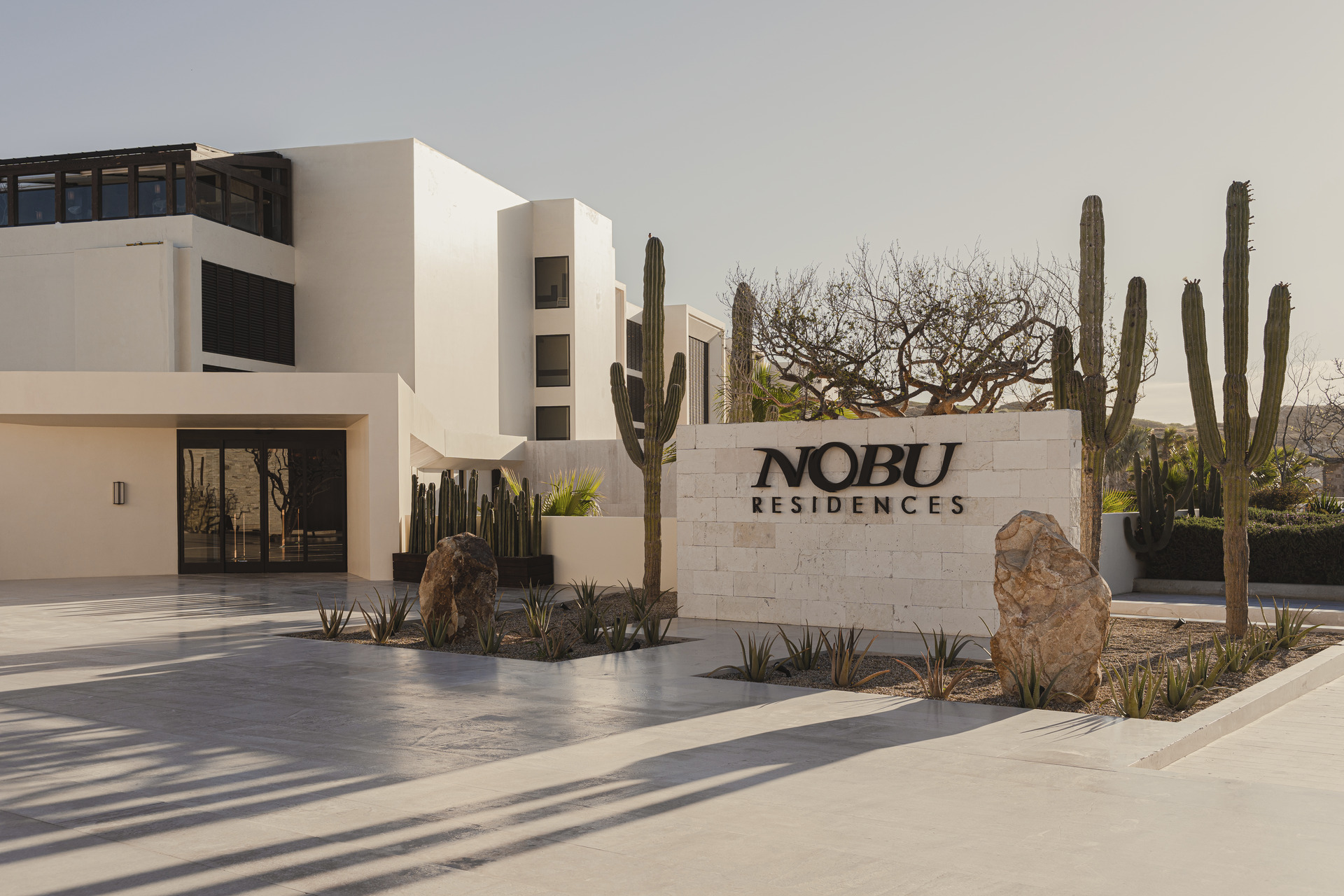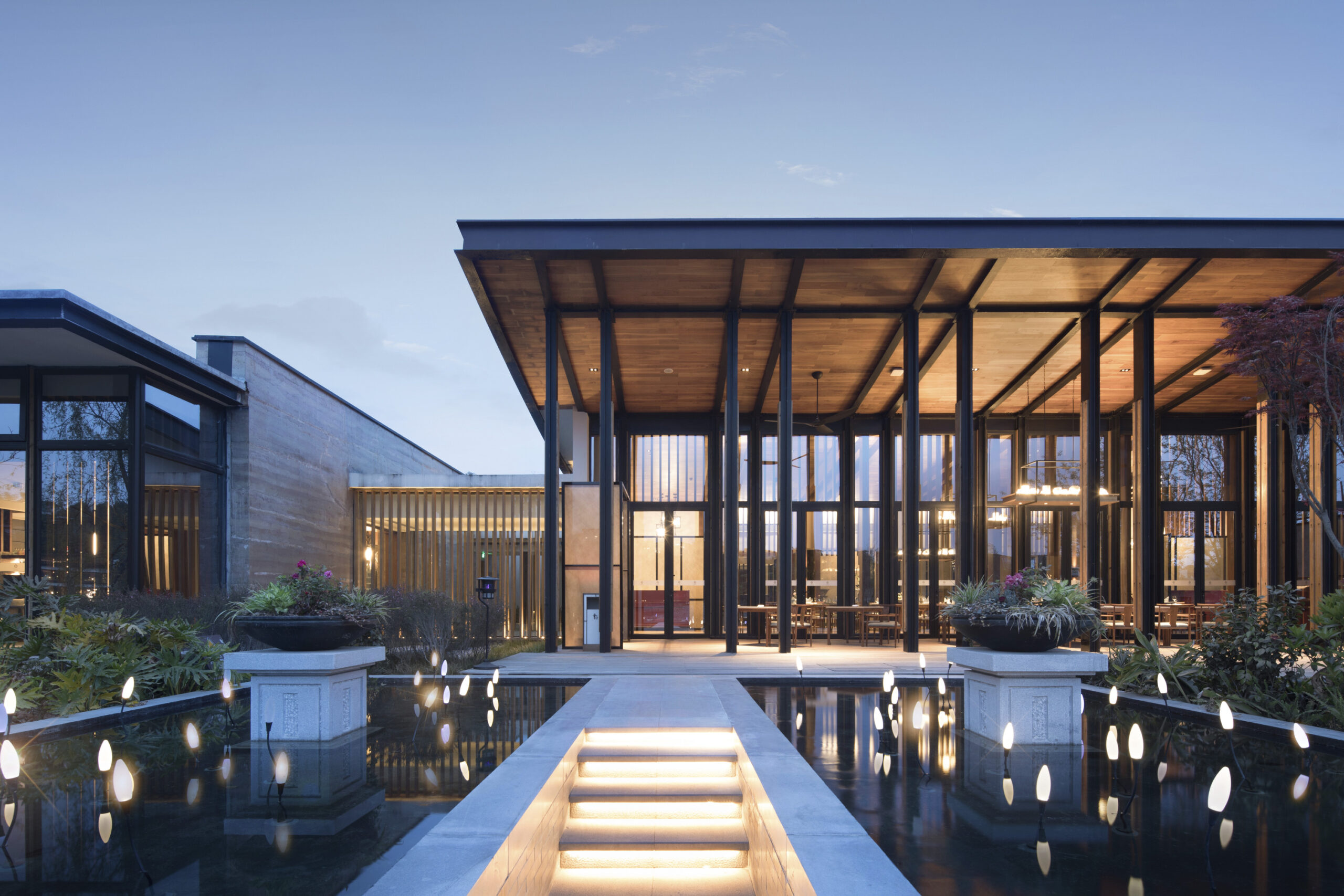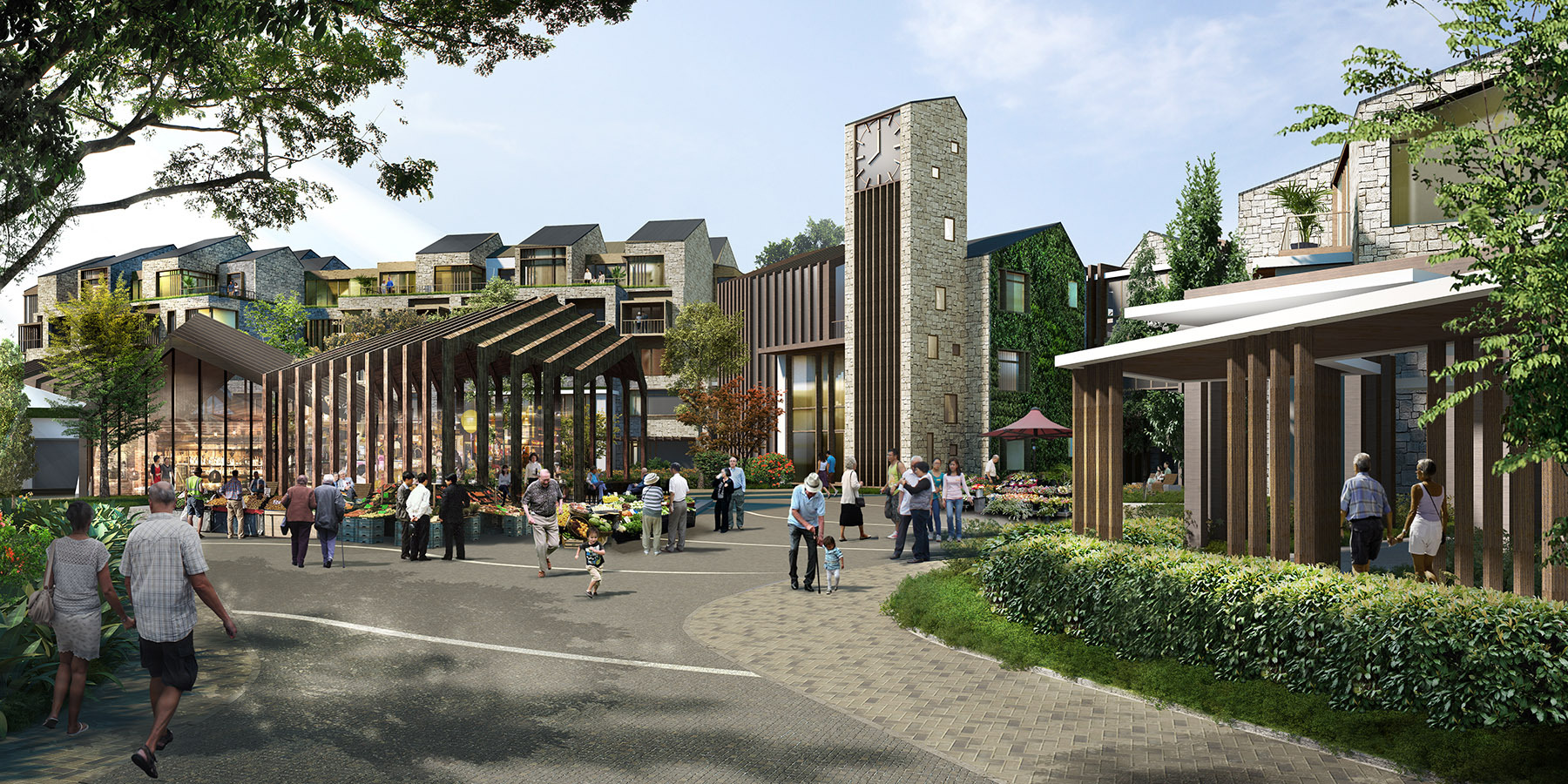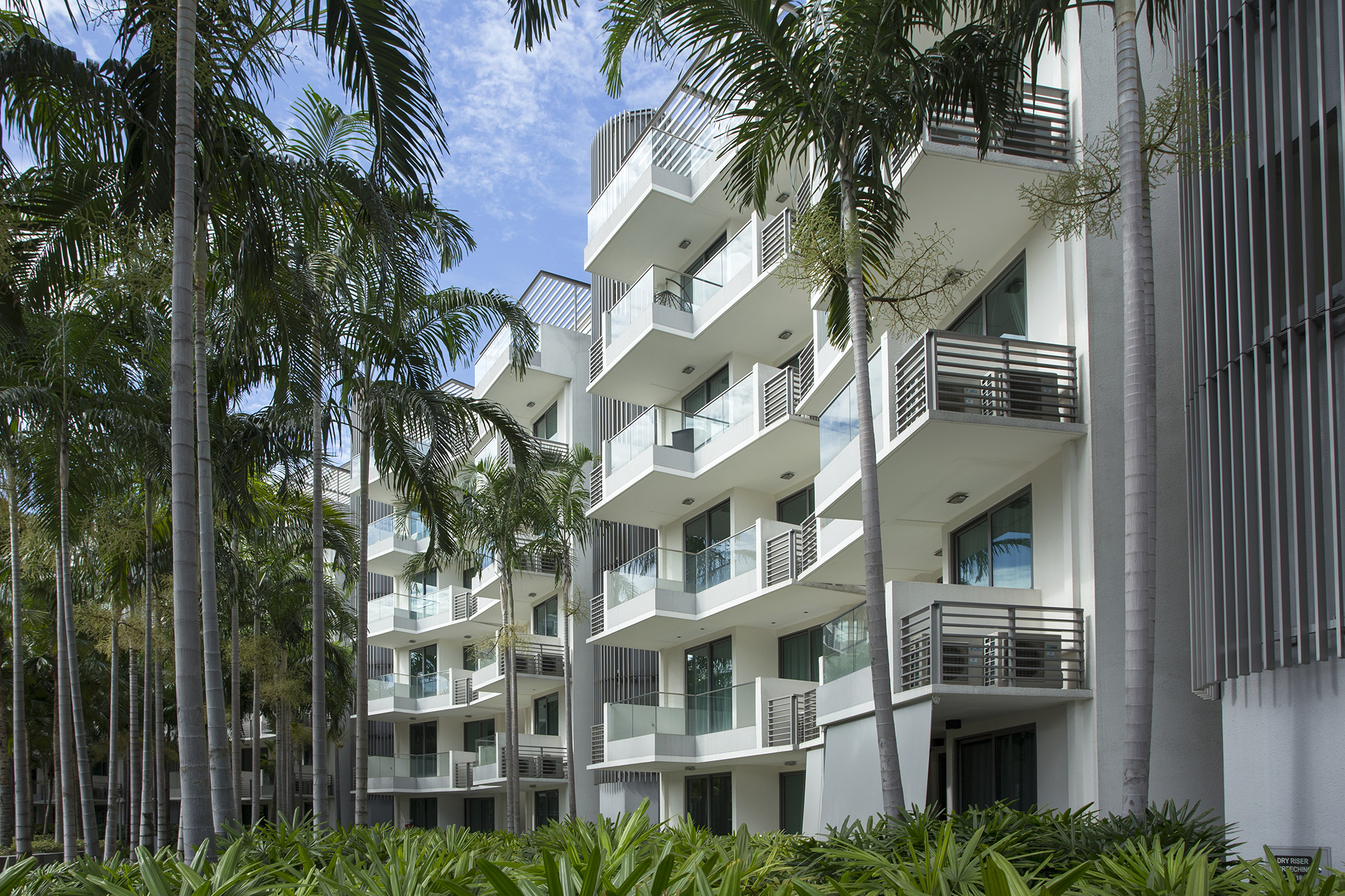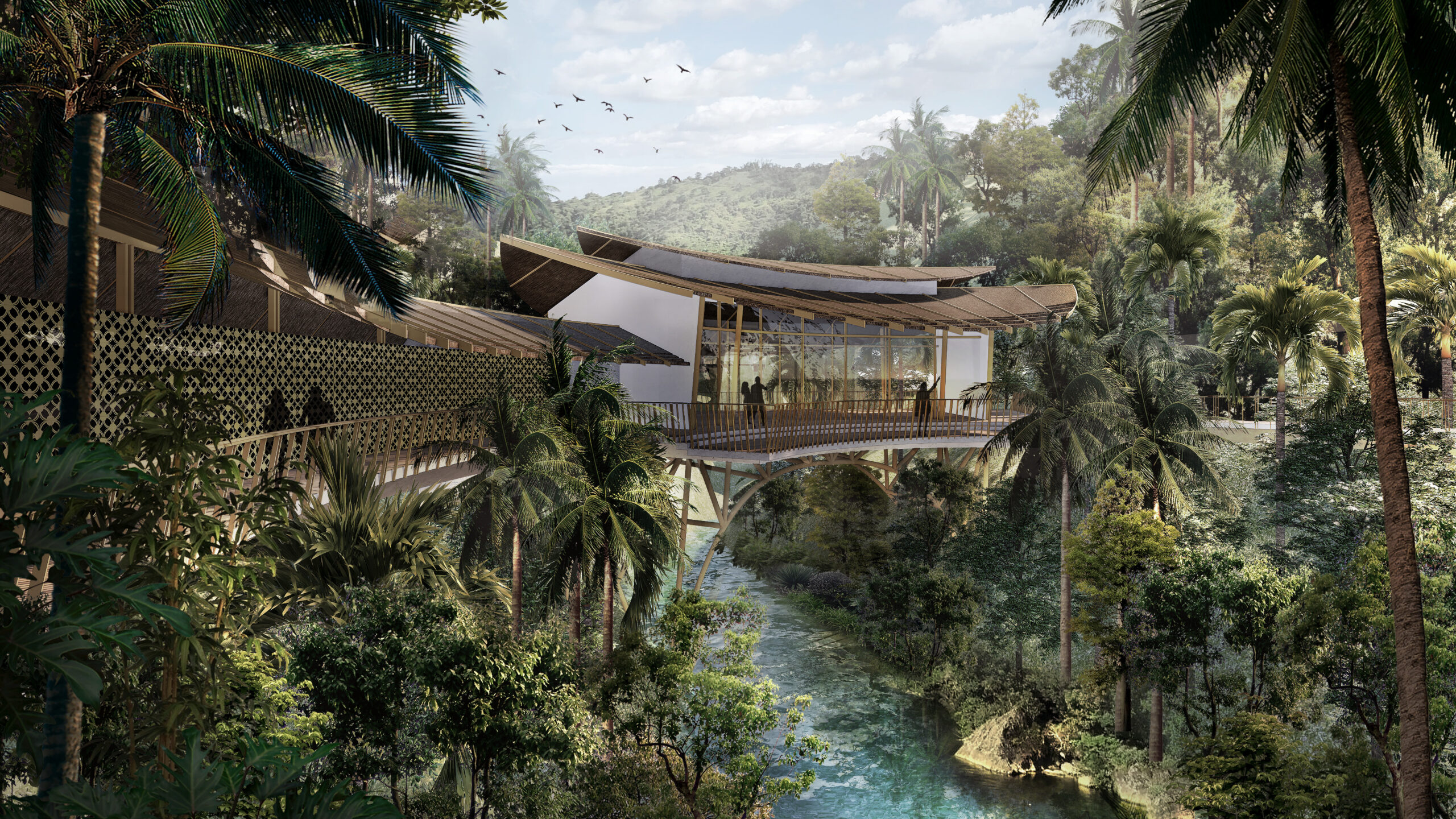Residential Learnings from Hospitality Design: Elevating Comfort, Ease, and Connection Through Hospitality Principles.
By Daun St. Amand
October 18, 2023
Traveling to a hotel or resort offers a multitude of advantages, and one of the most enticing is the opportunity to temporarily break free from the daily grind that consumes us at home. Many destinations are crafted to provide an immersive escape, where every detail is meticulously attended to, allowing us to return home feeling revitalized and renewed. Our home is often seen as our personal sanctuary, yet it’s also where the bulk of our responsibilities reside. But imagine if we could create a similar sense of escape at home, mirroring the experience of a luxury hotel? For decades, WATG has been at the forefront of designing exceptional hospitality and residential spaces, and the fusion of these perspectives unveils a compelling opportunity for developers and designers alike.
Multi-family residential developers and designers can elevate their properties and cultivate a comforting sense of ease and escape for residents when they consider their projects through these eleven hospitality lenses:
1. Sense of arrival
In a hotel or resort, early design cues point guests to ways they can escape the busy life left outside the door and leave their worries behind. This can be emulated in a residential property’s arrival sequence with high-impact, high-touch elements that are not only familiar and welcoming, but that also convey a comforting sense of belonging that puts residents at ease.
A sense of arrival can trigger a positive emotional response when it’s thoughtfully aligned with the property’s target guest or resident.
2. Emotionally engaging
In either a hotel or a residential building, this sense of arrival can trigger a positive emotional response when it’s thoughtfully aligned with the property’s target guest or resident. One customer might connect with an active lobby that encourages socialization, while another might be seeking more of a calm oasis. This underscores the importance of understanding who that customer is, how they live, and what kind of experiences or amenities help them feel understood and cared for, so they can unwind into a greater sense of escape.
3. Progression of spaces
The resident or guest journey must be carefully crafted whether the property is located in a vibrant urban environment or a secluded retreat. An intentional progression through small and intimate points of entry into more open and expansive lobby spaces, punctuated by highly curated design details, can heighten the feeling of release along that journey. WATG works closely with clients to understand the design elements that will have the most impact and greatest return on investment.
Wayfinding clarity, the distance from car to door, and elevator wait times also play a pivotal role in ensuring that the resident’s journey feels effortless.
4. Convenience
Reducing or even eliminating points of friction or stress along the guest or resident journey is critical. Whether at home or on vacation, convenience typically comes in the form of amenities and services, which can be delivered by designing spaces on-site or by carefully selecting a site that has a variety of amenities nearby. Details such as wayfinding clarity, the distance from car to door, and elevator wait times also play a pivotal role in ensuring that the resident’s journey feels effortless, and must not be overlooked.
Connecting residents can yield a 75% renewal rate for residents who feel a friendly connection with one neighbor, and a 90% renewal rate if they are connected to two neighbors.
5. Community
Nurturing social connections is powerful in both hotel and residential typologies, and can be achieved by designing a variety of flexible spaces that encourage gatherings, even chance encounters. Helping people feel connected helps them feel cared for. Thoughtfully designed communal areas, akin to hotel lobbies or upscale lounges, create opportunities for social interaction and relaxation, enhancing residents’ overall quality of life. This also extends to the community around the property and operating as a friendly neighbor through shared amenities, open programming, or employment opportunities.
Connections are not only good for people, but also for profits. UDR, a U.S.-based REIT with a portfolio of over 50,000 units, released the results of a survey that asked residents what motivated them to extend their lease, recognizing that lease renewals greatly impact a residential development’s profitability. According to UDR Research, connecting residents can yield a 75% renewal rate for residents who feel a friendly connection with one neighbor, and a 90% renewal rate if they are connected to two neighbors. These residents will also give positive feedback and referrals to outside friends.
6. Mixed-use Mentality
Convenience and community are both enhanced by a development approach that integrates a variety of relevant offerings into the property, ultimately buying residents or guests more leisure time when the services and amenities they rely on are close at hand. This approach creates more opportunities for a diverse mix of neighbors to feel welcome, too, building outward connections with the existing community around the property and fueling neighborhood stability.
The use of local materials contribute greatly to the overall ethos of the property and help residents and guests feel rooted.
7. Contextualism
WATG has designed hotels and resorts around the world, and each reflects the natural and cultural context of its site. The use of local materials – including trees, stones and other elements that are affected by construction – indigenous design motifs, regionally-produced food and beverage, local art and more contribute greatly to the overall ethos of the property and help residents and guests feel rooted. Contextual responses to the environment and climate also greatly influence the way the property performs.
A positive guest or resident experience is not possible without a positive employee experience.
8. Staff and operations
A positive guest or resident experience is not possible without a positive employee experience. WATG excels at optimizing back-of-house operations by designing spaces that prioritize employees’ wellbeing as well as efficient flow of staff and equipment. A key metric of success is staff longevity or turnover, which can be improved through design details such as access to natural light and functional layouts in staff areas.
9. Wellness
Feeling comfortable and cared for is an important part of an individual’s health and wellbeing. Encouraging socialization as well as offering connections to the outdoors, green spaces, natural light and air, and biophilic design can all contribute to reductions in stress.
Connections to the outdoors, green spaces, natural light and air, and biophilic design can all contribute to reductions in stress.
10. Security
Helping residents or guests feel comfortable and safe is also critical if they’re to feel at ease. Visible indicators of safety include high quality lighting, roll-up garage doors (instead of arm gates), card-key access and cameras, while other design details such as the layout of a lobby with open sight-lines between the front desk and/or leasing office, front door, and elevators provide more subtle cues that the property and its staff are looking out for everyone.
Just as luxury hotels and resorts convey an aura of seclusion, high-end residential properties can also provide a sense of privacy when residents seek it.
11. Privacy
Just as luxury hotels and resorts convey an aura of seclusion, high-end residential properties can also provide a sense of privacy when residents seek it. Private garages, separate (and rapid) elevators, and discrete service and delivery routes all help to ensure residents and guests that their concerns are understood and cared for.
Hospitality principles elevate the living experience, turning dwellings into havens of comfort, ease, connection, and lasting satisfaction.
Prioritizing comfort, convenience, and personalized experiences can transform multi-family buildings into vibrant communities that foster a strong sense of belonging. Ultimately, integrating hospitality principles into residential design elevates the living experience, turning buildings into more than mere dwellings, but rather into havens of comfort, ease, connection, and lasting satisfaction.
Residential Projects
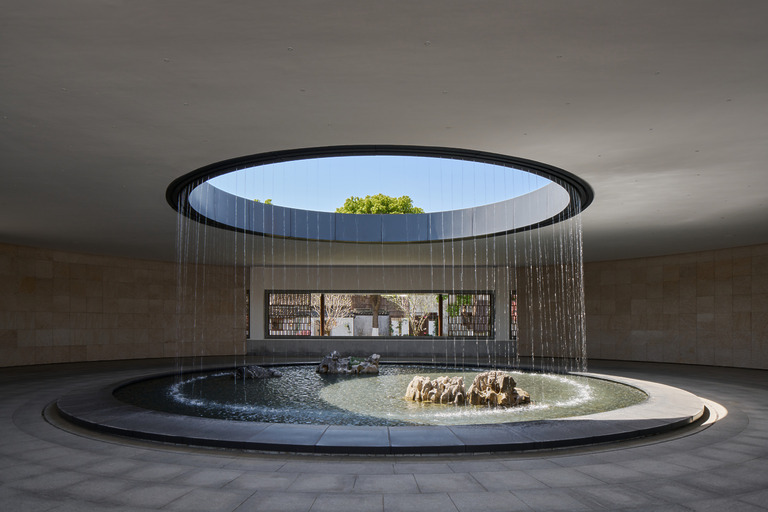
- Strategy & Research |
- Design Thinking & Innovation
Designing the Arrival Experience

- Strategy & Research |
- Design Thinking & Innovation
Designing the Arrival Experience

- Employee Feature |
- Inside WATG
Mentorship, Community, and Creativity: WATG’s Blueprint for the Next 80 Years
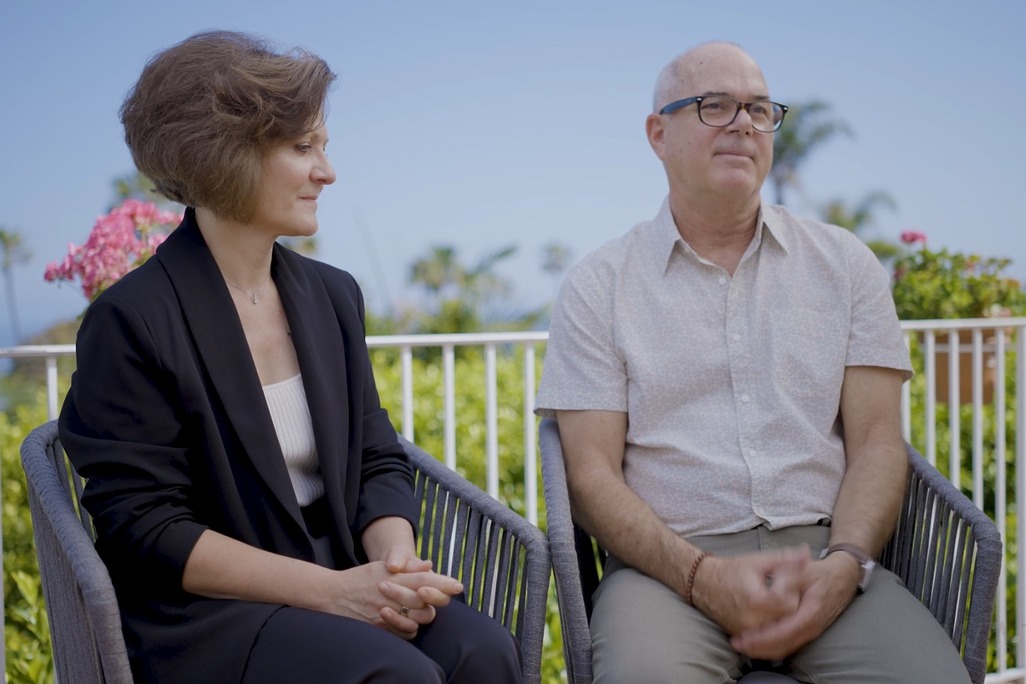
- Employee Feature |
- Inside WATG
Mentorship, Community, and Creativity: WATG’s Blueprint for the Next 80 Years
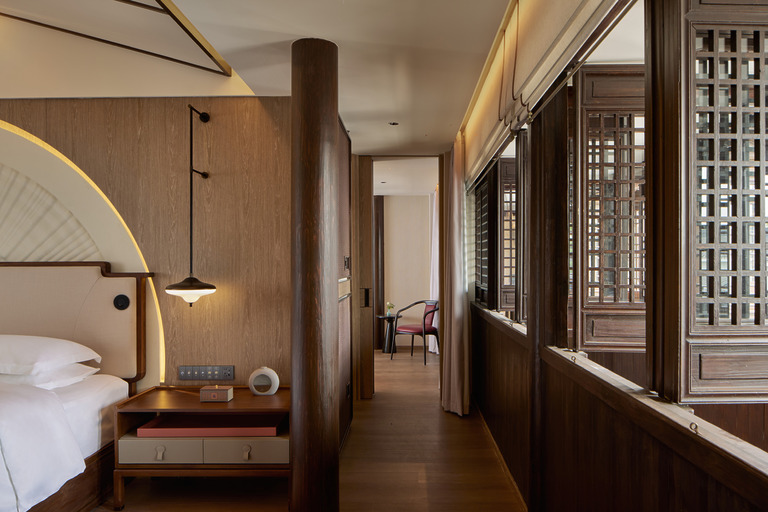
- Strategy & Research |
- Design Thinking & Innovation
Hotel Wuxi MGallery Collection: Part of a Story
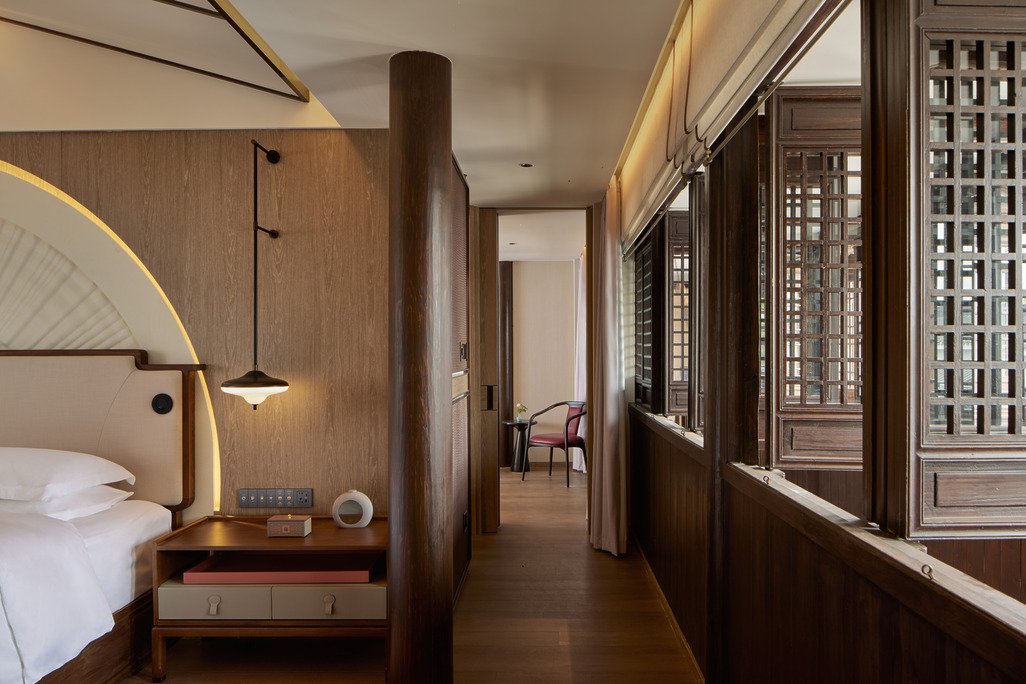
- Strategy & Research |
- Design Thinking & Innovation
Hotel Wuxi MGallery Collection: Part of a Story

- News
Behind The Scenes: ‘We Create Moments’

- News
Behind The Scenes: ‘We Create Moments’

- China
Dangkou Ancient Town Hotel Wuxi – MGallery Collection

- China
Dangkou Ancient Town Hotel Wuxi – MGallery Collection

- North America
Grand Hyatt Scottsdale Resort & Spa

- North America
Grand Hyatt Scottsdale Resort & Spa
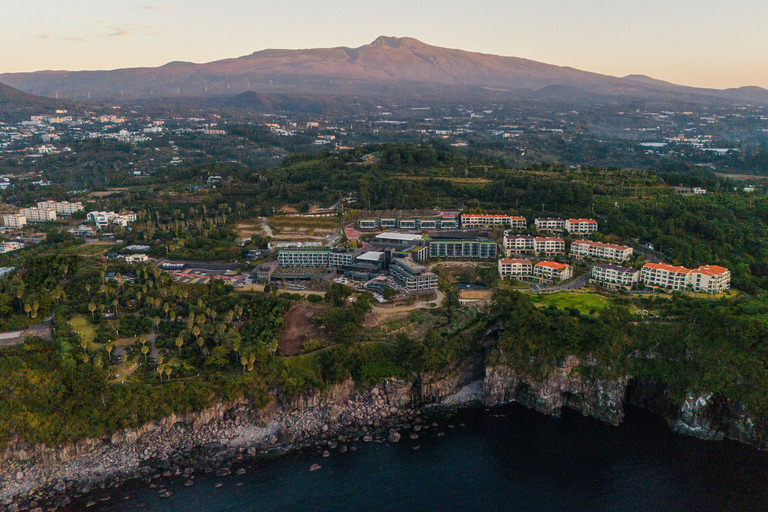
- News
Hotel Room 404: The Mystery of the Missing Floor

- News
Hotel Room 404: The Mystery of the Missing Floor
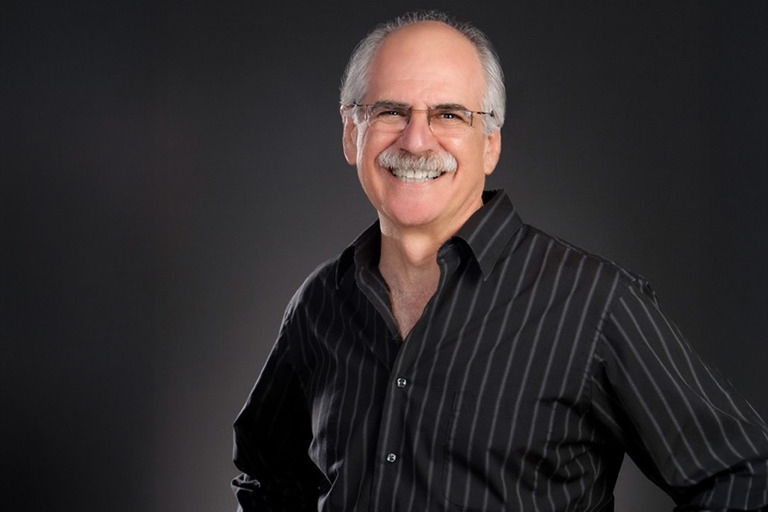
- Employee Feature
Thirty Years of Change, One Constant Vision: A Conversation with Howard Wolff

- Employee Feature
Thirty Years of Change, One Constant Vision: A Conversation with Howard Wolff
Sorry, no results found.
About The Author

Latest Insights
Perspectives, trends, news.

- Strategy & Research |
- Design Thinking & Innovation
Designing the Arrival Experience

- Strategy & Research |
- Design Thinking & Innovation
Designing the Arrival Experience

- Employee Feature |
- Inside WATG
Mentorship, Community, and Creativity: WATG’s Blueprint for the Next 80 Years

- Employee Feature |
- Inside WATG
Mentorship, Community, and Creativity: WATG’s Blueprint for the Next 80 Years

- Strategy & Research |
- Design Thinking & Innovation
Hotel Wuxi MGallery Collection: Part of a Story

- Strategy & Research |
- Design Thinking & Innovation
Hotel Wuxi MGallery Collection: Part of a Story

- News
Behind The Scenes: ‘We Create Moments’

- News
